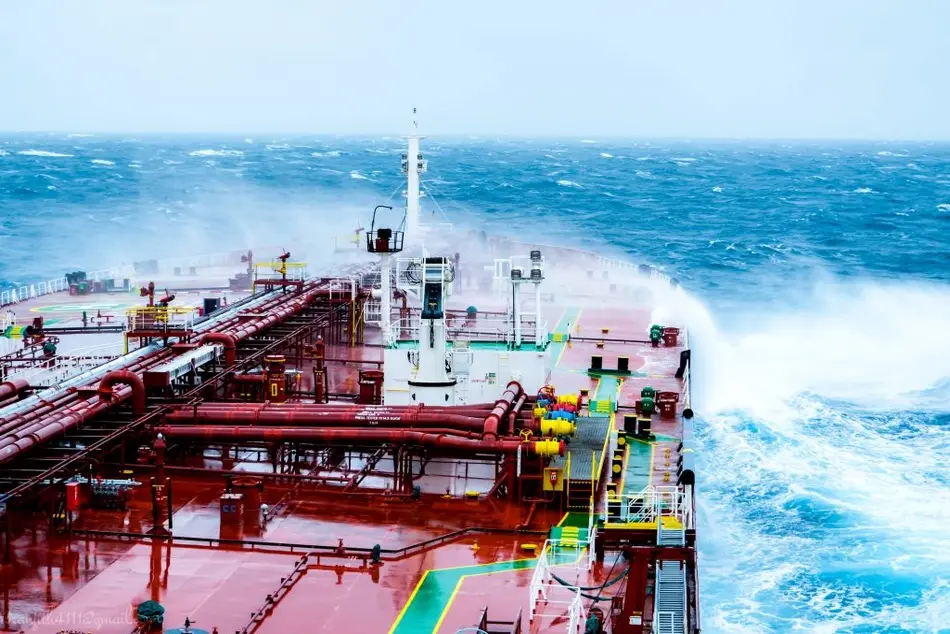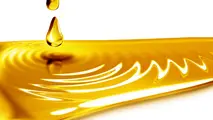OPEC: 30 Pct of Shipowners Won’t Be Compliant with 2020 Sulphur Cap Early On
The Organization of the Petroleum Exporting Countries (OPEC) expects a significant level of non-compliance with the 2020 sulphur cap, especially in the early implementation years.

The Organization of the Petroleum Exporting Countries (OPEC) expects a significant level of non-compliance with the 2020 sulphur cap, especially in the early implementation years.
In its recently released Reference Case, the organization assumed that about 70 percent of shipowners will comply with the new rules, i.e. have scrubbers or switch to low sulphur bunkers or other compliant fuels.
However, despite the IMO’s efforts to enforce the regulation, OPEC expects that there will be up to 30% of noncompliance.
The key reasons fur such a stance are a relatively low level of scrubber penetration as well as the potential lack of compliant fuel.
“Overall, OPEC is bullish about scrubbers. They expect that scrubber penetration will accelerate after a slow start. The year 2018 started with less than 500 vessels that had installed or ordered scrubbers. By 2020, OPEC expects this number to reach 2,000 vessels, growing to 4,500 – 5,000 vessels in the medium term,” Poten and Partners said in a weekly market report.
“This scenario implies that, while the use of Low Sulphur Fuel Oil (LSFO) and gasoil will initially jump in 2020, the increased penetration of onboard scrubbers will support continued use of High Sulphur Fuel Oil (HSFO) over time.”
Due to a lot of uncertainty surrounding the bunker fuel mix, OPEC believes that the global refining industry will be reluctant to make significant investments to make more compliant fuel available, taking the “wait and see approach.”
As explained by Poten, sophisticated refiners do have some flexibility to change their yields to maximize the output of middle distillates and LSFO.
However, they will likely do this based on economic incentives and de-facto demand, rather than by anticipating uncertain future demand, Poten said.
“The potential implications of these developments leading up to 2020 could be positive for the tanker market. Prices of medium and heavy sour crudes will come under pressure, while light sweet crudes will attract premiums,” the report reads.
According to OPEC, this may lead to more imports of medium and heavy sour crudes from Latin America and the Middle East into North America, where highly complex refiners can take advantage of this cheaper feedstock.
At the same time, the light sweet crudes that are produced in the U.S. will attract a premium in the export market.
A combination of more crude oil imports and exports involving North America will be good for the tanker market, Poten explained. And the shift from high sulphur crudes to low sulphur crudes and vice versa will not be limited to North America.
In addition to increasing tradeflows due to the differences in crude oil qualities, OPEC also expects a (temporary) boost in crude oil demand of 0.4 million barrels per day (b/d) in 2020 as a direct result of the IMO sulphur regulations.
“Additional refinery runs will be needed to meet the demand for additional compliant fuels. If OPEC’s scenario plays out, this is good news for tanker owners.
“However, it is important to caution against too much optimism. This 400,000 b/d increase is based on a lot of assumptions and, even if they all fall into place, it can be neutralized if owners order just ten additional VLCCs,” Poten warned.



